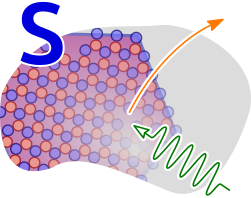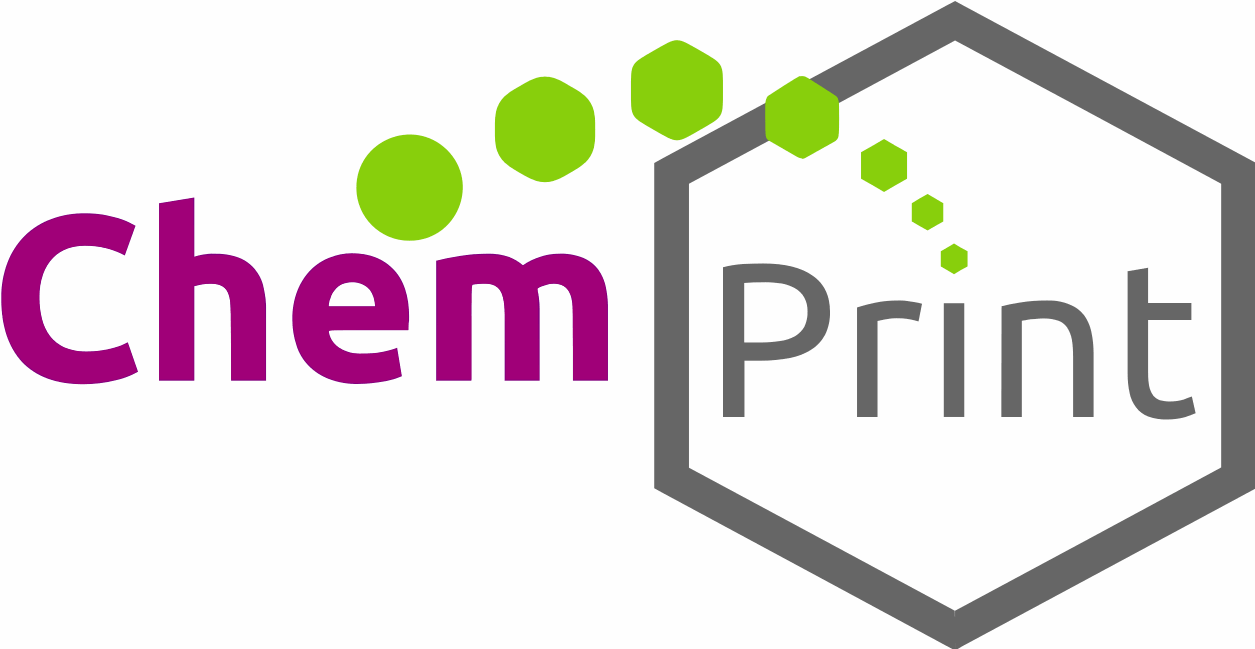Area S: Structure and electronic properties

The scientists of Area S will dedicate their efforts to uncovering how the strategies and processes developed and explored in Area C and Area F define the structural quality of the deposit, and thereby its fundamental physical properties. Area S can be described as a three-pronged tool, which exploits the following three groups of experimental investigation methods to uncover a complete picture:
- direct imaging methods of the scanning probe and electron microscopic types to uncover the structure of the ordered solid and defects with atomic resolution in two and three dimensions: S1 (Maier), S2 (Spiecker);
- scattering methods for determining from the inverse space the order parameters of the solid in growth and their homogeneity over the full sample area: S3 (Unruh), to be complemented at a later stage by a new professorship provided by FAU dedicated to ptychography;
- spectroscopic methods in the optical and X-ray ranges to map out the electronic structure and resulting optical properties of the material deposited, and its relationship to structural as well as chemical properties and preparative features: S4 (Maultzsch), S5 (Bär).

Project S1 (Maier) exploits scanning probe microscopy and spectroscopy to investigate the structure and electronic structure of ultrathin semiconductor crystals with atomic resolution. STM and AFM will provide insight into the nature and structure of nucleation sites on the substrates, detail the solid’s organization around nucleation points, and further growth (with C1, C2). STS will investigate bandgaps and point defects. With complementary methods (C4, C5, S4, S5), S1 will provide a full picture, in ultimate resolution, of the nucleus’ influence on properties (with M1, M2, M4) and suggest avenues for the chemistry of attachments (C2, C3).
Project leader: Prof. Dr. Sabine Maier
Project S2 (Spiecker) provides top-view and cross-section microscopic characterization using electron microscopy of solution-grown solids (with C3, C4, F3, F5, F6). The project will provide insight into epitaxial relationships, bonding characteristics, composition gradients, coherency strain, and the formation of defects, complemented by spectroscopic and X-ray scattering information from C5, S3, S4, S5, F1, and with interpretation enabled by M1, M2, M3 and M5. Methodical developments will be related to the beam-sensitive nature of some solids investigated, the drive for high-throughput microscopic analysis, in situ studies of film stability and the need to investigate samples unmodified by aerobic exposure.
Project leader: Prof. Dr. Erdmann Spiecker
Project S3 (Unruh) uses X-ray scattering techniques to provide lateral and depth-resolved structural information, mechanistic insight and kinetic information on self-ordering phenomena occurring at the solid-liquid interface during the formation of molecular monolayers (with F6) and solids (with C1, C3, C4, F1, F3, F5). The effects of substrate choice and process parameters on the morphology and crystallinity of the solid will be observed by in situ monitoring during sALD in a liquid flow cell. The interpretation of electron density data will require modeling (M3, M4, M5) and complementing with further investigative methods (C6, S1, S2, S4) to deliver insight into epitaxy and lateral order.
Project leader: Prof. Dr. Tobias Unruh
Project S4 (Maultzsch) combines spectroscopic methods in the UV and visible in order to paint a complete picture of the electronic structure and optical excitations of two-dimensional SCs and heterostructures prepared from them (with C1, C2, C3, C4, F3). Particular attention will be paid to the influence of strain and defects as well as vertical and lateral interfaces in ultrathin SCs. The experimental data, complemented with those from C5, S1, S2, S3, S5, F1, will be combined with theoretical predictions (M1, M2) and decipher how electronic properties depend on preparative procedures.
Project leader: Prof. Dr. Janina Maultzsch
Project S5 (Bär) focuses on a family of X-ray spectroscopies to yield near-surface specific information on the evolution of a material’s chemical and electronic properties as the solid grows and interacts with its surroundings (with C3). Electronic structures and energy level alignments will be determined together with C5, S1, S2, S4, M1, M2. Furthermore, the setup of ALD infrastructure will allow for film formation to be investigated step by step by fully exploiting the advantage of in-system prepared samples and automated sample transfer and measurement routines. Details of gas phase and solution chemistry will be explored by in situ studies using synchrotron light routinely, together with S3, M3.
Project leader: Prof. Dr.-Ing. Marcus Bär
